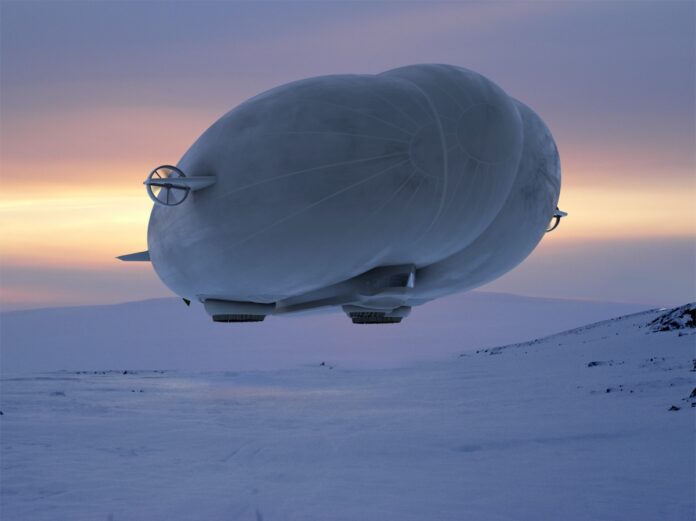Lockheed Martin Corp. will unveil its latest plane this month.
The Bethesda, Maryland-based aerospace and defense contractor plans to roll out the X-59 at its top-secret Skunk Works facility in Palmdale on Jan. 12.
The X-59 is the centerpiece of NASA’s Quesst mission, which seeks to develop a plane capable of reducing the sound of a sonic boom to that of the slamming of a car door.
The plane will fly at about Mach 1.4, a bit slower than what the program hopes an operational supersonic commercial aircraft will achieve, about Mach 1.8.
For years, NASA has been seeking to reduce the volume of the sonic boom caused by commercial aircraft.
That would be the main use for the technology developed by the X-59 program, as opposed to a military use.
Tests conducted by NASA determined that a level of 75 perceived decibels, or PLdB, was adequate; people in the tests said they could live with that.
The challenge that NASA gave Lockheed and other aerospace companies vying for the contract to build the X-59 – awarded to Lockheed in 2018 and valued at nearly $248 million – was that they had to design a plane with a sonic boom of 75 PLdB or less, or the equivalent of a car door slamming from 20 feet away.
By comparison, distant thunder is about 73 PLdB, a basketball bouncing is about 90 PLdb and a hand clap is about 95 PLdB.
After flight tests at NASA’s Armstrong Test Research Center at Edwards Air Force Base in the Antelope Valley, the X-59 will go to about six locations around the country for additional flights, ranging from large cities to rural environments.
The X-59 will be 100 feet long and have a wingspan of 29.5 feet. The aircraft has a 30-foot-long pointed nose, a design that prevents a forward-looking window for the pilot to see out of. As a solution, NASA had supplier Collins Aerospace make a large-format display system that allows the X-59 pilot to command the craft using a 4K monitor that displays images from two cameras located outside the aircraft.
The X-59 is not the only aircraft Lockheed is developing in the region.
The company is also developing the Z1 hybrid airship at its subsidiary AT2 Aerospace in Santa Clarita. The first new airframe design in over 100 years combines aerostatic lift from helium with aerodynamic lift from the hull, according to the AT2 website.
The Santa Clarita headquarters is where the AT2 team will function as the design, development, and engineering base for the company.
